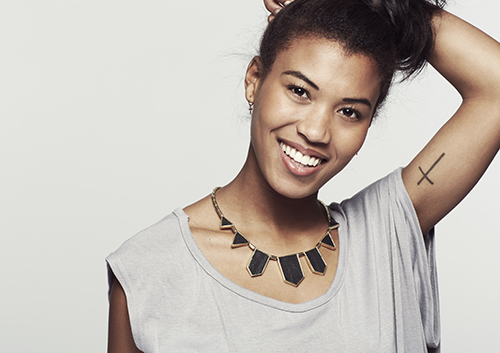Are lingual braces for you?
July 31st, 2024

Lingual braces are one of the most subtle ways to transform your smile. Because the brackets and wires are attached to the inside of your teeth, there is almost no visible sign that you are wearing braces. If this is an important consideration for you for personal or professional reasons, this advantage might make lingual braces your best choice for orthodontic treatment.
Every method of straightening teeth also presents potential disadvantages to consider. In the case of lingual braces, patients should be aware of some issues both similar to and different from those posed by regular braces.
- Tongue Sensitivity
Just as your lip and cheek areas need to get used to typical front-facing braces, your tongue might be sensitive at first to lingual braces. The same orthodontic wax that protects your lips and mouth from irritation caused by metal brackets and wires on the front of teeth can also be used to reduce the tongue irritation caused by brackets behind your teeth.
- Speech Difficulties
Since your tongue will not be hitting the backs of your teeth in the usual way, you might find some initial difficulty pronouncing words properly. This problem usually disappears over time. Practicing speaking aloud will help your tongue adjust to your new braces. Talk to us if this is a special concern for you.
- Eating/Cleaning Teeth
Just as with regular braces, you will need to avoid any foods that can damage your orthodontic work. All the usual culprits, such as caramel, hard candy, and popcorn, should be avoided with any type of braces. But because lingual braces are inside the teeth, they can be trickier to clean. Careful brushing and flossing are still vital, and we have suggestions for making sure your lingual braces are free from food particles and plaque.
- Time
Lingual braces can require a slightly longer treatment schedule. We can let you know the approximate treatment times for whatever orthodontic plans you are considering.
- Cost
Because lingual braces are customized to fit you, they can be somewhat pricier than other options.
We have the special training and skill needed to provide you with lingual braces if that is the option that you choose. We also have suggestions for adjusting to your lingual braces comfortably and making them work for you. Talk to Dr. Betsy Meade at our Ypsilanti, MI office about all the possibilities for straightening your teeth, including any potential concerns or advantages each treatment method presents. If you would prefer that your braces be almost unnoticeable, that advantage might be the deciding factor in making lingual braces the ideal choice for you.





